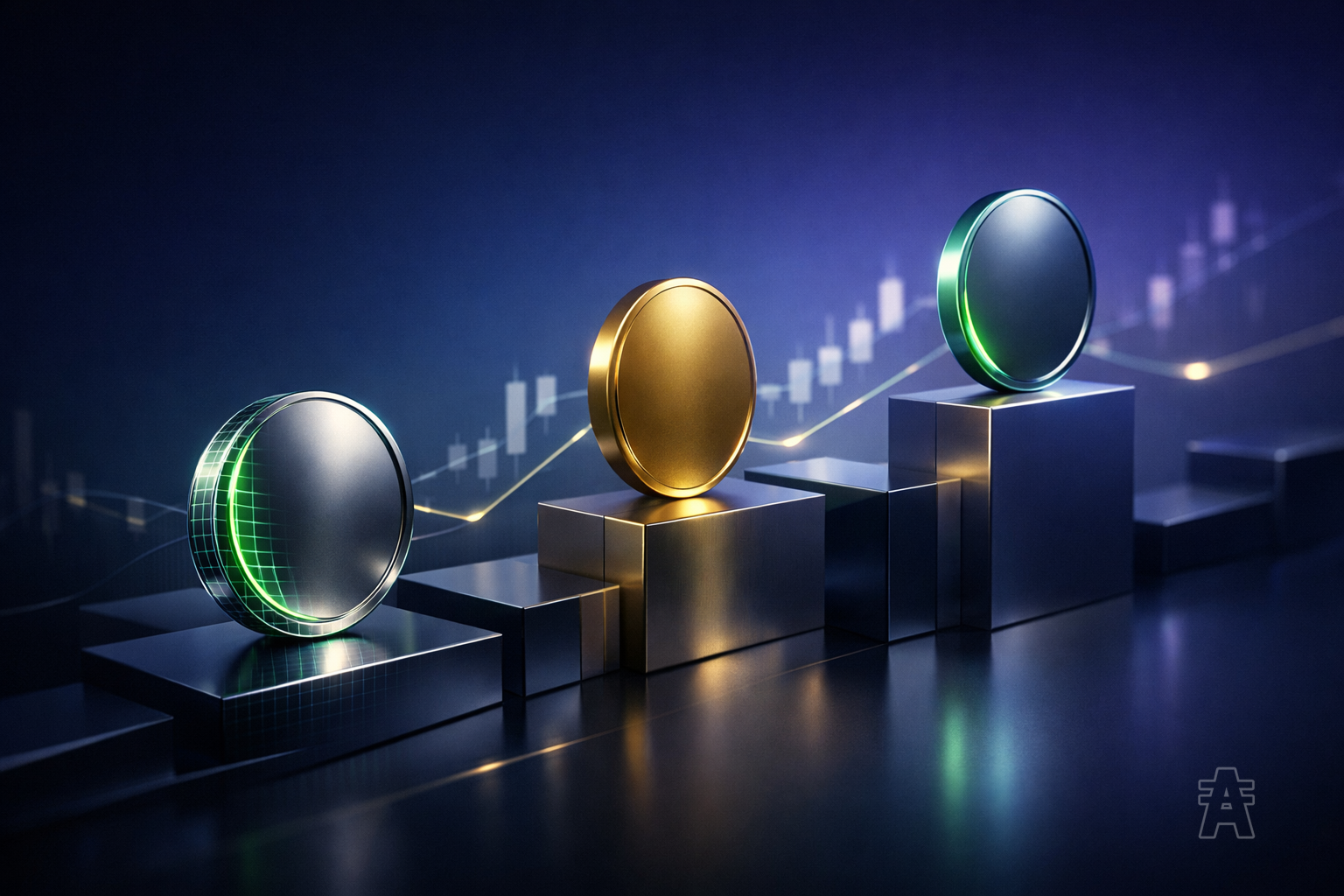Table of Contents
Bitcoin is a volatile asset whose price changes from time to time. As a new cryptocurrency investor, it is important to understand what causes these changes and how it affects how you trade or buy Bitcoin.
Bitcoin being a decentralized asset, its circulation is not controlled by the central bank or the government. Since it is also not a corporation, it is not controlled by the stock market.
What is then responsible for the notable highs and lows in the cryptocurrency market? How can you predict price changes and how does it affect your trading journey? We cover all these in this article.
Let’s get started!
What is the Bitcoin Price?
The price of Bitcoin refers to its exchange value against traditional currencies like the US Dollar, Euro, or Australian Dollar. Being a decentralized asset, its circulation and price is not controlled by a central bank or government hence, its price changes differ from other financial commodities.
Bitcoin is regarded as a volatile and high-risk asset because it experiences impulsive and rapid changes in prices. One notable change in Bitcoin's price that had a significant impact on the crypto world was its rapid surge to nearly $20,000 in December 2017. This bull market enjoyed global attention and successfully drew both enthusiasts and skeptics into the crypto space. However, this surge was followed by a bear market that sparked debates about the long-term viability of cryptocurrencies.
As of the time of writing Bitcoin is trading at about $37 thousand with a total market cap of $1.1 trillion, and regular periods of highs and lows.
What Influences Bitcoin's Price?
Bitcoin's price is subject to a multitude of factors, including market demand and supply. When demand surpasses supply, the price tends to rise and when it’s the other way round, the price falls.
Bitcoin operates on a fixed supply model. It has a maximum supply capped at 21 million coins to maintain some level of scarcity. As demand increases due to factors like institutional adoption or growing interest from retail investors, the limited supply tends to exert pressure on prices.
Aside from general supply and demand, other factors also affect the overall value of Bitcoin. Let’s look at some of them:
Market Sentiment and Speculation
Market sentiment refers to emotions that drive crypto investors to make a buy or sell order. This factor accounts for some of the impulsive changes in rates the market has experienced over the years.
Positive sentiments are often driven by news of institutional investments or new regulatory developments which leads traders to buy in a frenzy and cause a price spike. Conversely, negative sentiment caused by economic downturns, fear, and uncertainty can trigger sell-offs, causing prices to dip.
Regulatory Developments
Another factor affecting Bitcoin's price is the enforcement of regulatory laws. While the government does not control Bitcoin, there are still laws and regulations guiding the exchange of this commodity in certain regions. When there is uncertainty regarding Bitcoin or crypto regulatory frameworks in major markets, it can affect an investor’s confidence and subsequently affect price.
Technological Advancements
Technological advancements and innovations within the Bitcoin ecosystem can also influence the price of this commodity. Bitcoin operates on blockchain technology, and over the years, the application of this technology has gone beyond crypto into other industries like cyber security and data protection. The effect of this growing adoption tends to rub off on the price of Bitcoin. Additionally, when upgrades are made to networks and new trading features are created, it boosts investors’ confidence and impacts the rate of Bitcoin.
Macro-Economic Factors
While the price of Bitcoin may not be subject to the same factor that influences other financial markets, it is not immune to broader economic trends. Factors like economic instability, currency devaluation, and inflation often affect the price of this digital currency. Many investors opt for cryptocurrency as a hedge against inflation and economic downturns. In fact, the inception of Bitcoin in 2009 was to provide a hedge against the world’s economic crises.
Market Liquidity and Trading Volumes
Bitcoin's liquidity and trading volumes are also essential considerations. Liquidity refers to how easily and quickly you can buy or sell bitcoin. More liquidity usually means smoother trading. Market volume, on the other hand, shows how much Bitcoin is being traded. The higher the volume, the more the interest in the commodity, hence, its effect on price. So, if Bitcoin experiences a period of high liquidity and trading volume, it can contribute to a more stable or predictable price. If these are low, the price might be more sensitive to big changes in buying or selling.
How Can You Tell When Bitcoin Price Will Change?
Bitcoin may be volatile but it is not unpredictable. You can gauge where the price is headed by studying price charts and looking at historical price movements. If you are just getting started in crypto trading, you would want to gain certain analytical skills to help you make better trading decisions. They are:
- Researching Market Factors: This skill involves learning about the factors that influence Bitcoin prices such as news and current market sentiments.
- Analyzing Charts: Use price charts for technical analysis. Look for trends, patterns, and support/resistance levels to predict the direction of the market. You can get access to these tools on crypto exchange platforms like Independent Reserve.
- Understanding Indicators: You’d also want to learn about indicators like Moving Averages, RSI, and MACD to gauge market conditions.
- Stay Informed: Keeping up to date about news and events that could affect the market is also an essential skill. You’d want to join crypto communities where experienced traders share insights.
Conclusion
Technical analysis and research help you gauge future market moves and make informed trading decisions. Nevertheless, it doesn’t take the place of risk management. Risk management refers to measures you take to prevent incurring more losses than you bargained for. Invest only what you can afford to lose, store your Bitcoin in cold storage, diversify your investment portfolio, and avoid overleveraging.








